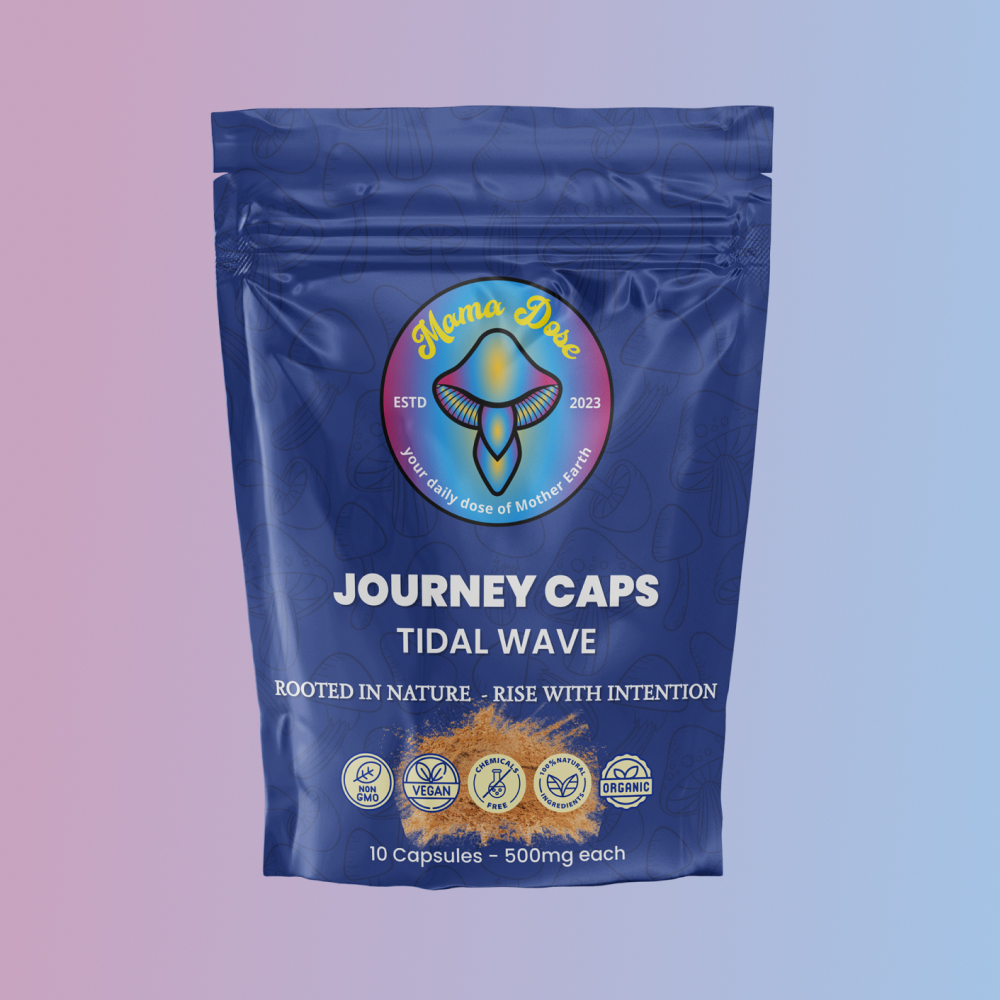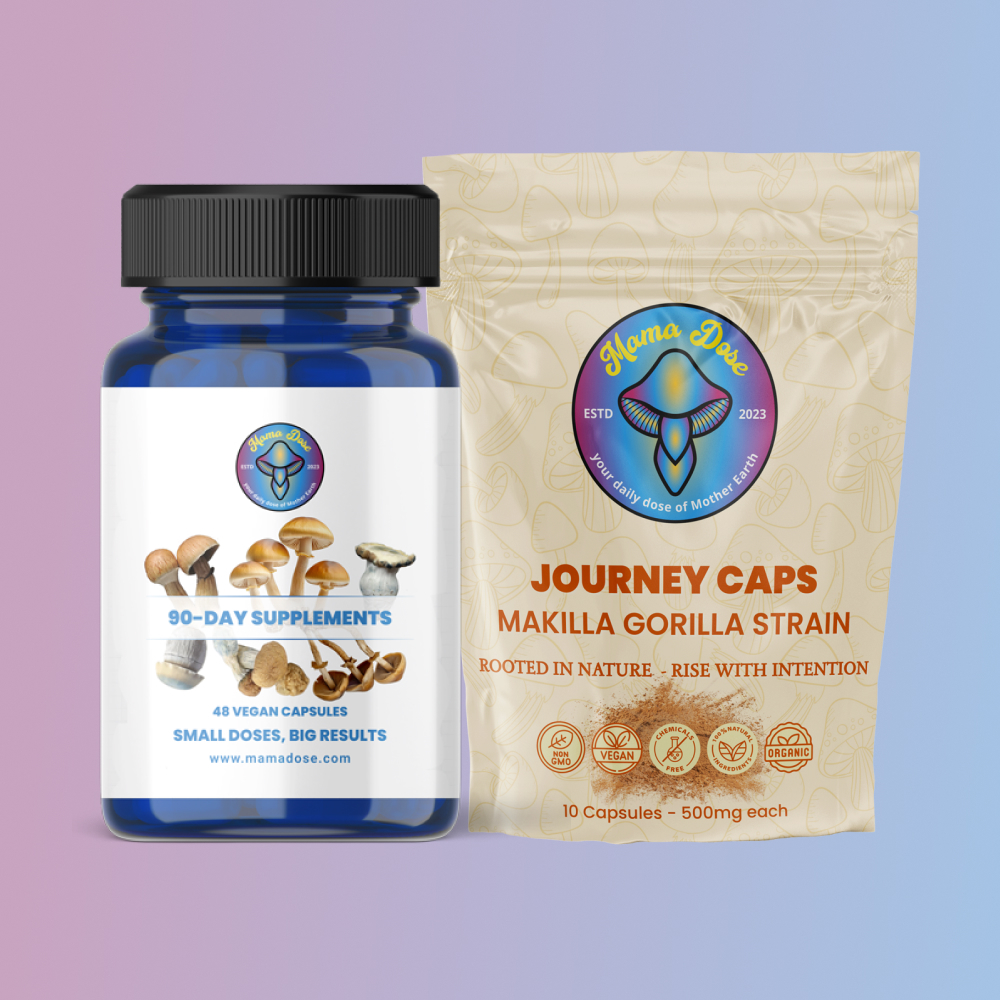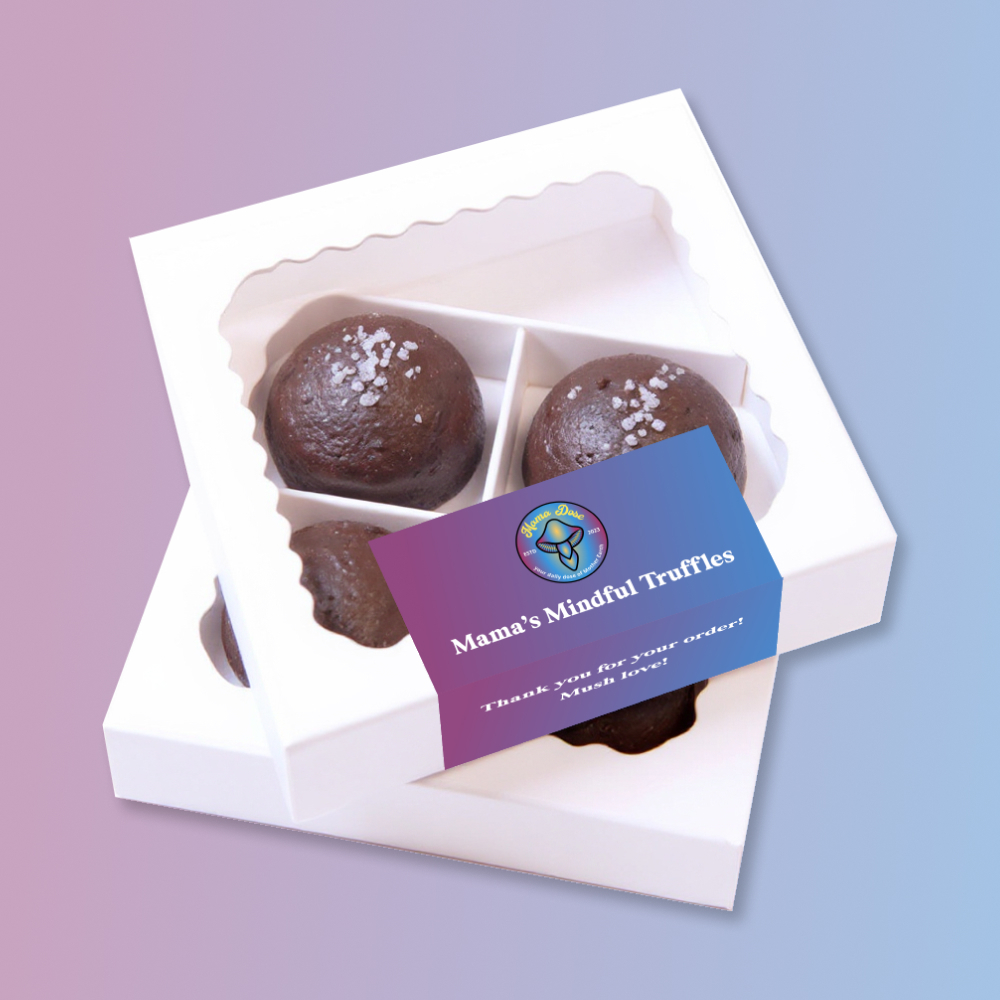How to Journal During a Microdosing Protocol
Microdosing psilocybin is just about bout the moments and not only milligrams. The barely perceptible shifts in how sunlight hits the skin, or how a song suddenly feels like it’s speaking directly to you. It’s subtle alchemy, and yet, something powerful is happening beneath the surface. The challenge? Noticing it. That’s where journaling comes in.
People often talk about microdosing as a “journey of self-awareness,” but without some kind of record, those inner tremors get lost in the noise of the everyday. Journaling turns those invisible ripples into something you can touch, revisit, and learn from. It’s not about becoming a better writer, it’s about becoming a better witness to your own unfolding.
Why Journaling Is the Unsung Hero of Microdosing
There’s a reason therapists, artists, and mystics have all leaned on the practice of journaling for centuries. Writing slows the mind down just enough to catch what usually slips by. When you pair that with psilocybin’s knack for opening neural pathways, journaling becomes a bridge between the ineffable and the understood.
From a neuroscience angle, the act of writing activates the prefrontal cortex, the same region that microdosing subtly stimulates through increased neuroplasticity. That overlap creates a feedback loop between thought and feeling. You’re literally rewiring your ability to perceive yourself.
But that sounds almost clinical, doesn’t it? In practice, journaling while microdosing feels more like having an honest conversation with the quietest part of your psyche. The one that doesn’t shout, but hums gently beneath your daily performance. Sometimes it tells you things you didn’t want to hear. Sometimes it surprises you with a small joy, like realizing you laughed more this week than last.
Setting the Scene Before the First Dose
An intention isn’t a goal. It’s more like a compass. “I want to feel more connected to my creativity.” “I’m curious about my patterns of avoidance.” “I want to soften my relationship with anxiety.” Keep it short, raw, and honest. This isn’t something you’re submitting for review; it’s just between you and the page.
That first entry will become your baseline, the “before” photo of your mind. Weeks later, when you look back, you might be shocked by how far you’ve traveled without realizing it.
The On-Days: Writing in the Wake of Subtle Shifts
Microdosing with psilocybin typically happens on an every-third-day rhythm, but there are multiple different protocols. Regardless of which one you choose, on dosing days, the effects might be so gentle they’re almost imperceptible. You might not see colors breathing or hear the trees whispering (if you do, your dose is too high). But what you might notice is a shift in tone, like someone turned the volume knob of your inner critic down a notch.
That’s the perfect time to journal.
Instead of trying to analyze what’s happening, try to notice. Stream-of-consciousness writing works beautifully here. No filters, no editing. Just write what it feels like to be you, right now.
Maybe it’s: “My chest feels lighter. I smiled at a stranger and didn’t overthink it. The trees outside my window look absurdly green.”
Or maybe it’s: “Everything feels foggy today. I thought this would feel different. Maybe I’m doing it wrong.”
Both are equally valuable. The point isn’t to document a “good trip.” It’s to develop awareness. Awareness is the soil where insight grows.
If you prefer structure, you can use a few simple questions:
- What am I noticing in my body today?
- What emotions keep circling back?
- What feels easier (or harder) than usual?
- What am I resisting?
These questions are small keys. Some days, they open doors. Other days they don’t. Either way, you’re practicing presence, and that’s the real medicine.
The Off-Days: Integration in Motion
The day after dosing is often when subtle integration happens. Psilocybin’s half-life might have faded, but its influence lingers, rebalancing serotonin, reshuffling emotional data, letting new insights percolate.
On these days, journaling becomes less about experience and more about meaning. This is when you start to see patterns emerge. Maybe you realize you’ve been less reactive in traffic. Or maybe you notice an old sadness surfacing. Either way, you write.
One way to explore these insights is through what therapists call “reflective journaling.” Instead of just describing events, ask: What might this be showing me?
Example: “I got irritated with my partner again today. But instead of spiraling, I paused. Maybe that’s progress. Or maybe I’m avoiding something deeper.”
See what happens when you approach your entries with curiosity instead of critique. That subtle shift transforms journaling from self-analysis into self-inquiry, and that’s where transformation lives.

Common Pitfalls of The “Perfect Journal” Trap
It’s easy to get caught in the idea that journaling should be profound or productive. Forget that. Some days, you’ll write two sentences that sound like a grocery list. Other days, you’ll fill pages. Both are fine. What matters is consistency. Think of your journal as a witness, not a judge. It’s not there to grade your healing, it’s there to hold space for it.
And if you miss a day? That’s okay, too. Microdosing isn’t about control; it’s about relationship. Be gentle. You’re learning to listen, not perform.
Mindfulness
If journaling is the container, mindfulness is the breath that fills it. Together, they create a rhythm of reflection that amplifies the effects of microdosing. Simple mindfulness practices, ike a five-minute meditation, a slow walk without your phone, or even pausing before you write, help anchor you in presence. They make journaling less about “reporting” and more about “being.”
Some people like to begin each entry with a short grounding ritual: lighting incense, taking three conscious breaths, or listening to a song that makes them feel spacious. Over time, those rituals tell your nervous system, This is safe. This is mine.
What to Expect Over Time
After a few weeks, your journal becomes something of a mirror. You’ll start to see the threads, tiny but consistent. Maybe you sleep better on dosing days. Maybe your creativity spikes on Wednesdays. Maybe you start forgiving yourself a little faster. These patterns are gold. They’re the quiet evidence that change is happening at the cellular level. But don’t expect fireworks. Microdosing is less about becoming something new and more about remembering what’s been there all along. The journal simply helps you see it.
Making Meaning of a Microdosing Protocol
After your protocol ends, spend some time rereading your entries, not as a critic, but as an archaeologist of your own psyche. Highlight phrases that stand out. Circle the themes that keep reappearing. What’s the story that’s been unfolding between the lines?
Some people like to write a closing reflection, a kind of love letter to their own process. Others sketch, collage, or write a poem. Whatever form it takes, let it mark the completion of one cycle and the quiet beginning of another.
Because that’s the thing about psilocybin, it doesn’t just open neural pathways. It opens narratives. And journaling helps you tell the one that’s been waiting to be heard.
Final Thought
Microdosing isn’t just a biohack or a productivity trick. It’s a dialogue, with your brain, your emotions, your spirit. Journaling is how you keep that conversation going long after the psilocybin fades. It’s not about chasing breakthroughs; it’s about befriending yourself in the process. So next time you sit down with your notebook, don’t worry about the perfect words.
Just start with this:
What’s alive in me today?
Then listen. The medicine is already speaking.








